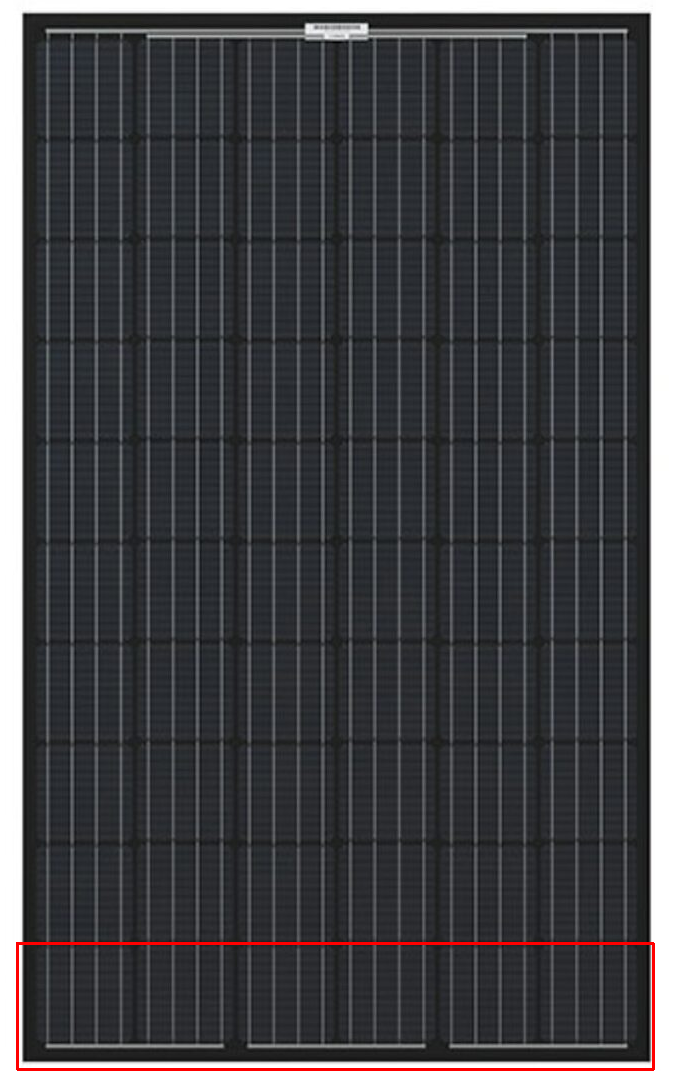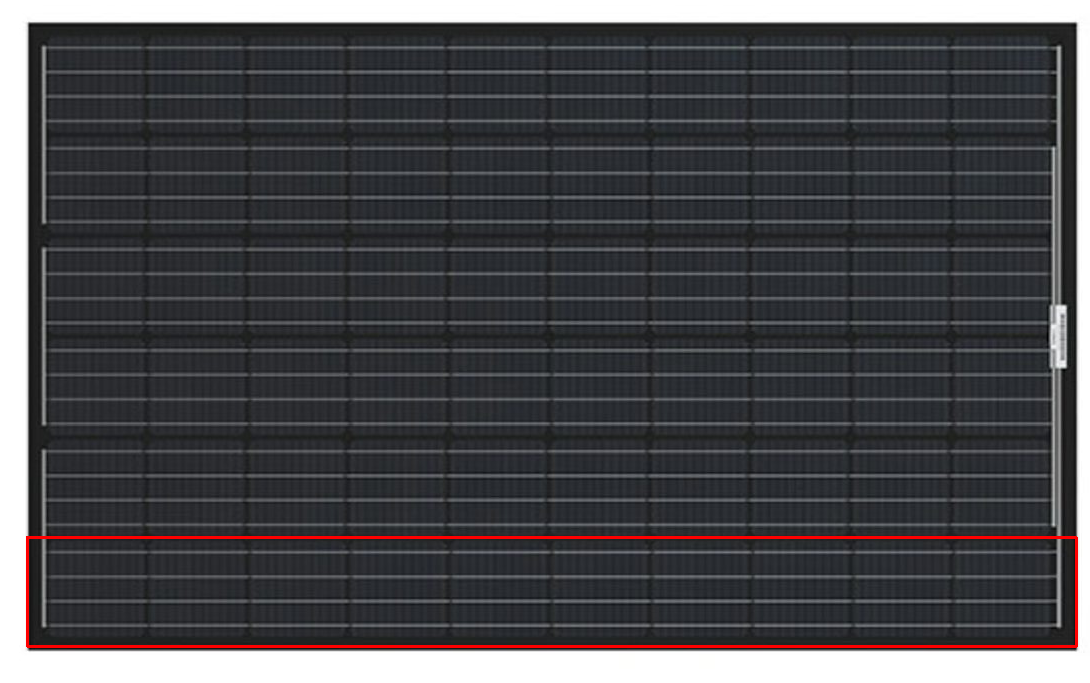It seems sensible to have many seperate MPPT controllers, ideally one per panel or so.
But this means for them to work with Voltage Sensor and Co-ordinated charging they need to talk to each other.
Cerbo doesn't support VE.Smart (BT) yet (maybe ever)
VE.Direct is messy and needs an Octo or USB hacks
VE.Can seems perfect.
BUT - the smaller MPPT's, the ones you would want to network with many controllers, don't support VE.Can.
There seems to be a logic gap here. Am I missing something?
- Home
- Anonymous
- Sign in
- Create
- Spaces
- Grafana
- Node-Red
- Unsupported topics
- Questions & Answers
- Modifications
- Communauté francophone
- Deutschsprachiger Bereich
- Preguntas en Español
- Explore
- Topics
- Questions
- Ideas
- Articles
- Badges
question
Why no VE.Can on smaller MPPT?
What perspective do you have that leads you to conclude "one MPPT per panel or so?" - that seems so counterintuitive from technical and cost perspectives, I can't wrap my mind around the idea. I think the "logic gap" is that your scenario or understanding of typical installations is very different from the vast majority.
Additionally, there is no need for MPPT to talk to each other. They simply need to be installed correctly and configured to properly charge the battery. Communication via VE.Smart is cool, but a system will perform perfectly acceptable without it.
My immediate comment would be shading and minimising the impact on strings.
Panels in parallel on the same controller would perform no differently in shading than if they were on their own controllers.
Bypass diodes in the panels and panel orientation relative to shading can work to minimize impact of shading on a series string.
Many don't realize how much panel orientation can influence the effects of shading:

Shading only the 6 cells in red (or any single row) will completely shut down the panel to near 0W.

However, shading only the 10 cells in red would reduce the output of the panel by 1/3.
Hi, in the end its just a choice we made.
Adding VE.Can adds cost, for a feature most people don’t need. So it would be a separate model: yet another model to maintain/produce/stock/plan.
And on the small MPPTs adds a mechanical challenge, like WKirby said.
I do agree, there are situations where a small MPPT with VE.Can would be nice. Perhaps we make one some day, but I don’t expect that we’ll start such project any time soon.
Have a good weekend!
It probably comes down to the limitations of compute resources and interface options of the smaller microcontrollers in the smaller units. The smaller microcontrollers don't usually have a CAN interface like the medium to big chips do and probably not enough memory / CPU to support the additional overhead.
Then there is the physical limitations, there is not enough room on the casing of the small MPPTs to present two 8P8C connectors and almost certainly not enough room on the PCB to accommodate them either.
Also, adding more features on the smaller MPPTs would drive their price up and potentially make them over budget for the small systems that they are designed for.
Related Resources
Additional resources still need to be added for this topic
question details
33 People are following this question.
